
Organic Dairy Park Mill Farm (Testimonial)
Organic Dairy Park Mill Farm in Thornbury Gloucester has been using Timac for 4 years across 1000a o...
Read MoreFind out more about our upcoming events, agricultural research, and products.

Organic Dairy Park Mill Farm in Thornbury Gloucester has been using Timac for 4 years across 1000a o...
Read More
With breeding season only a few weeks away and the high cost of concentrates this spring, farmers wi...
Read More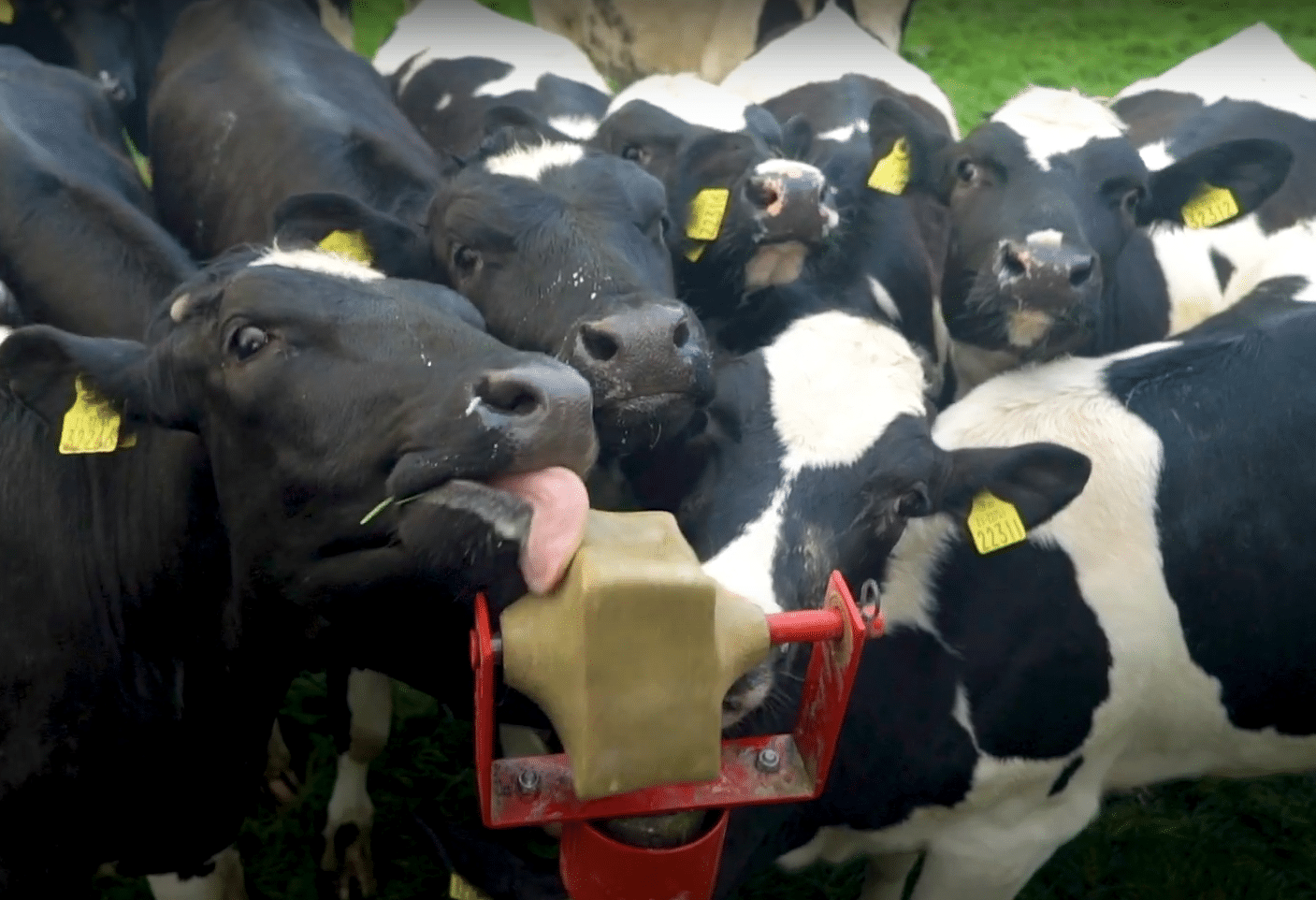
Like the weather, your livestock’s mineral and trace element requirements change almost daily, with ...
Read More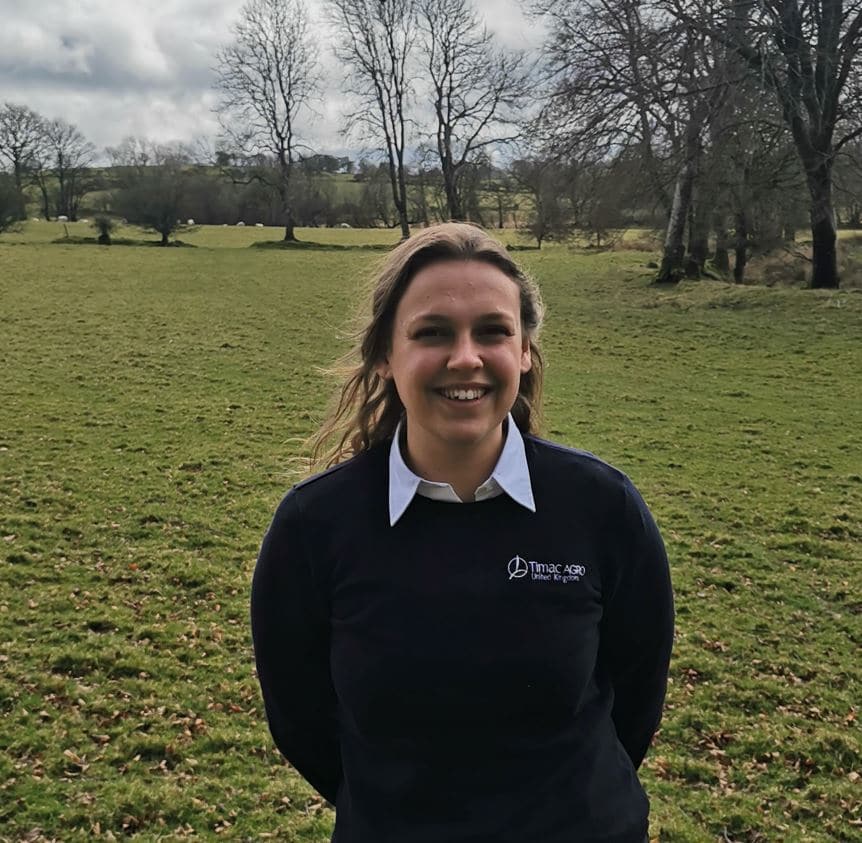
Timac Agro UK has appointed Samantha Alexander as their new organic account manager. Hailing from ...
Read More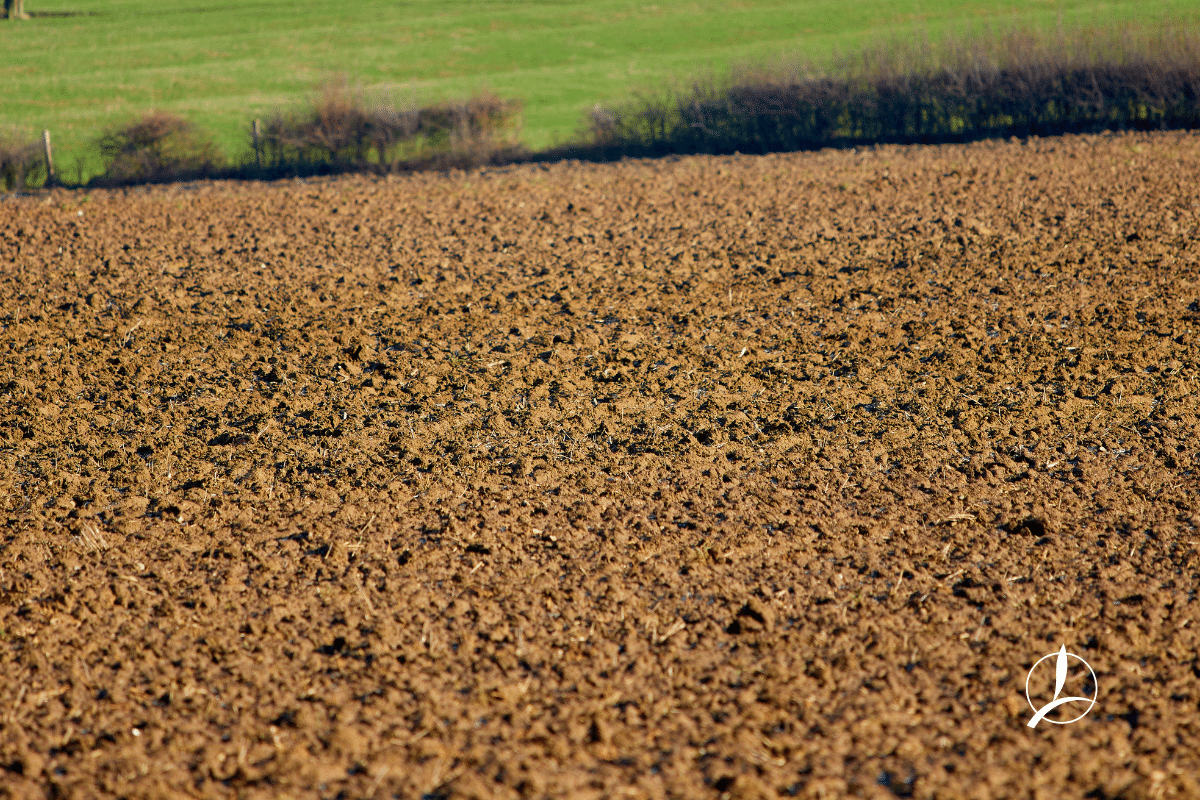
WHY IS SOIL IMPORTANT? Soil is home to a diverse range of microorganisms, including bacteria, nemat...
Read More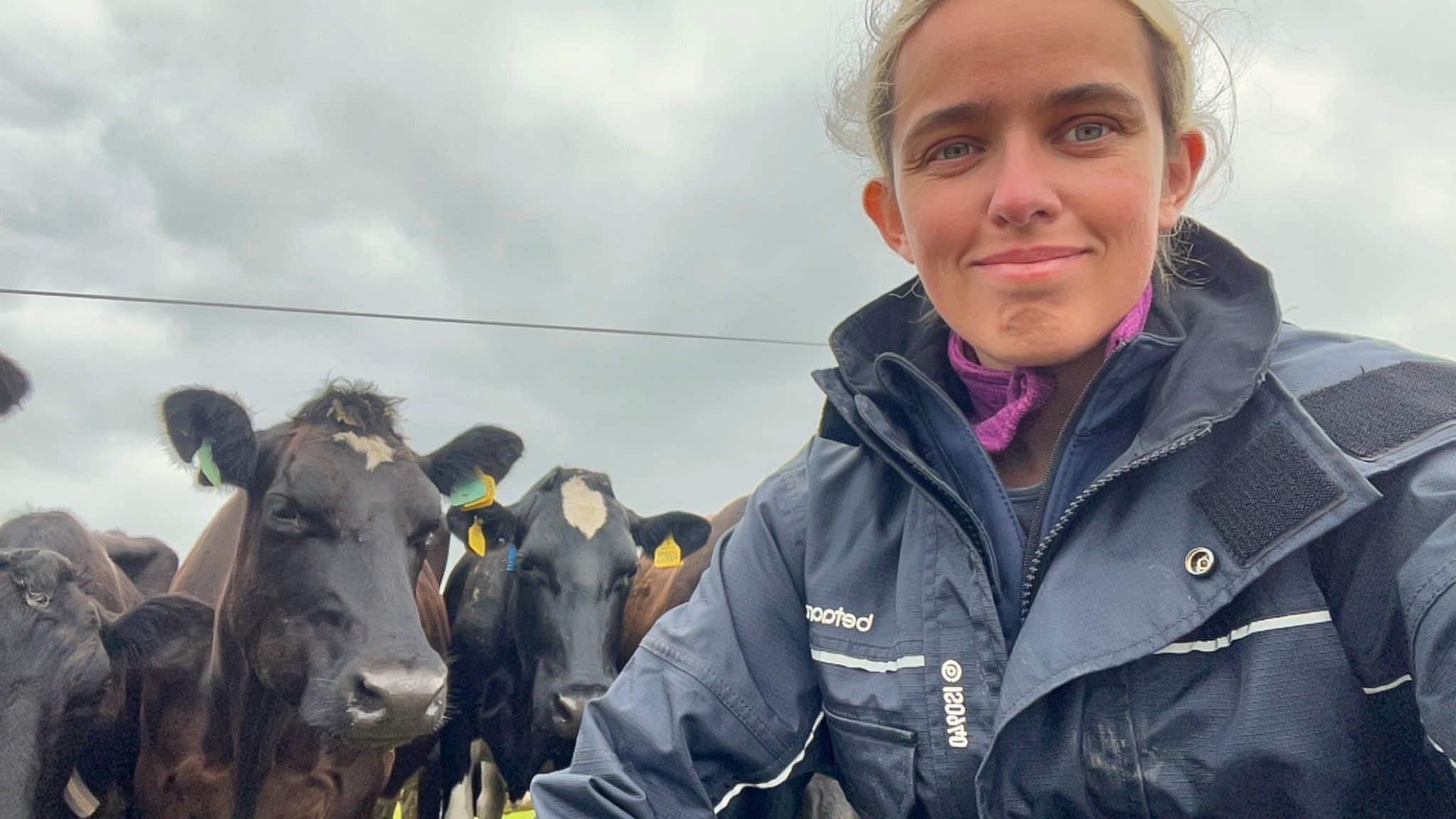
Our Technical Specialist from Pembrokeshire, Hannah Rees, is one of just two individuals from the UK...
Read More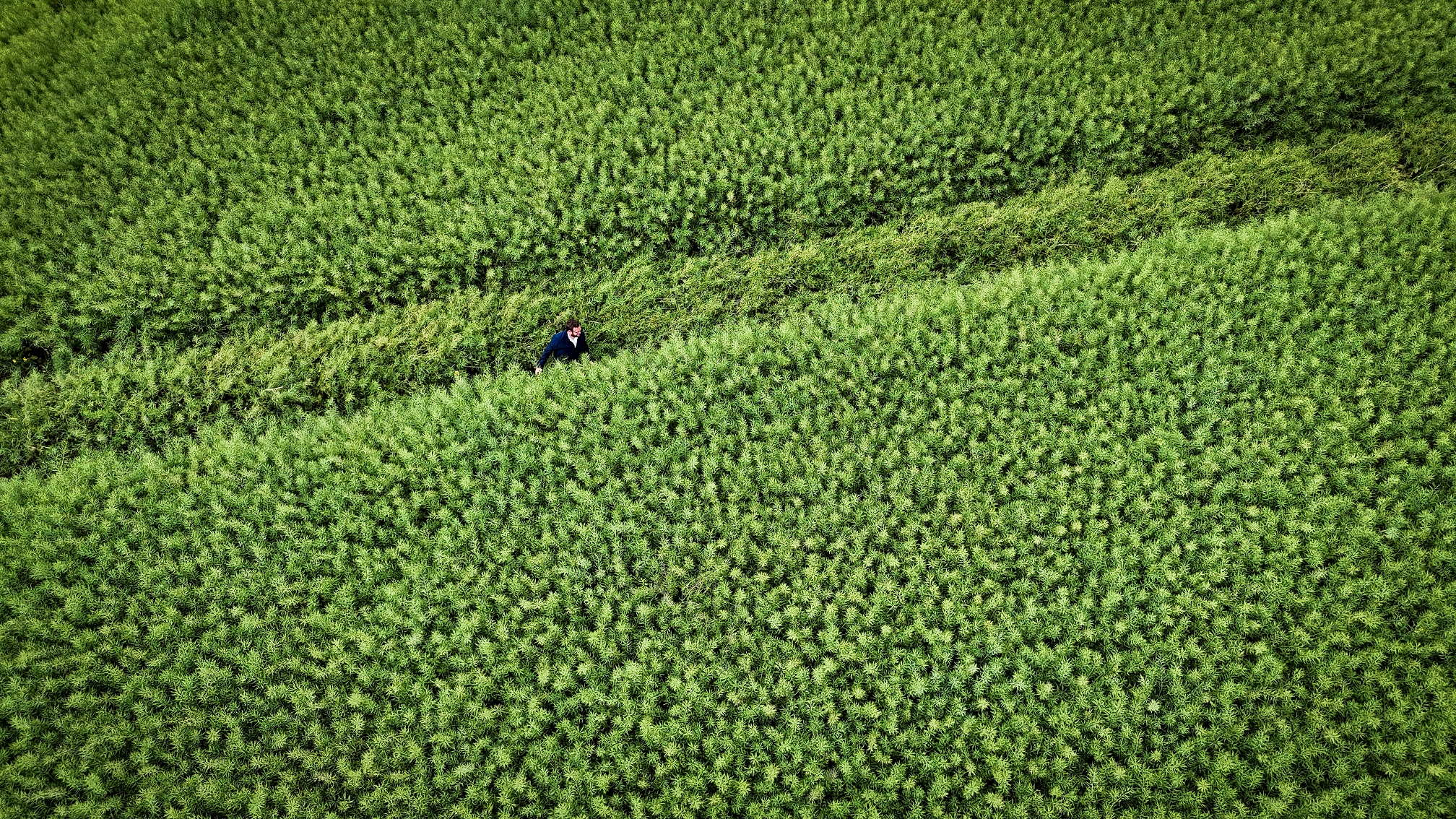
Today marks World Mental Health Day 2024. This year’s theme, set by the World Federation for Metal H...
Read More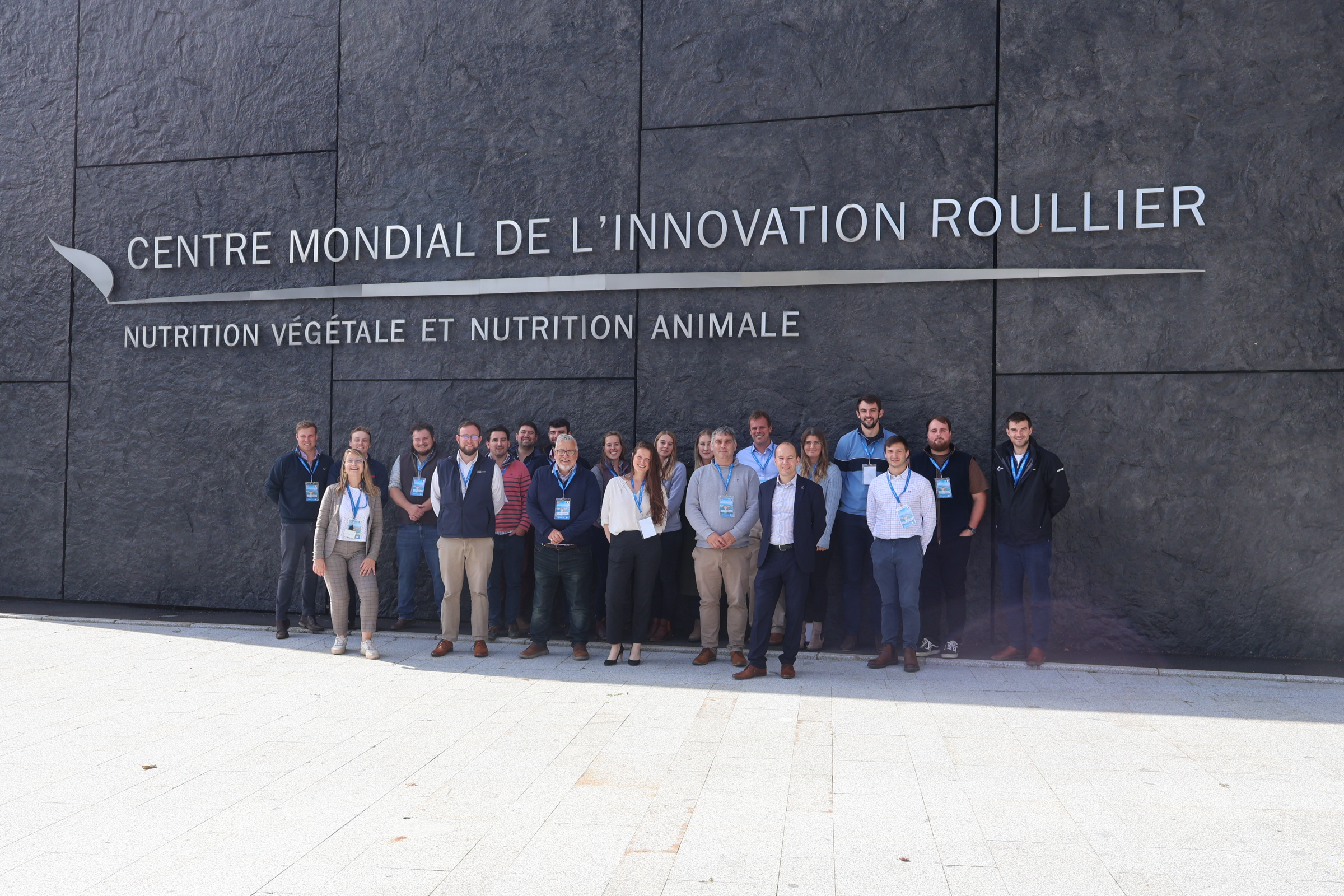
Fresh AF continue their educational tours with a visit to TIMAC AGRO headquarters in France. &nbs...
Read More
TIMAC AGRO UK IN THE PRESS, TAKE A LOOK! 👇 Crop Production Magazine https://www.cpm-magazine.c...
Read More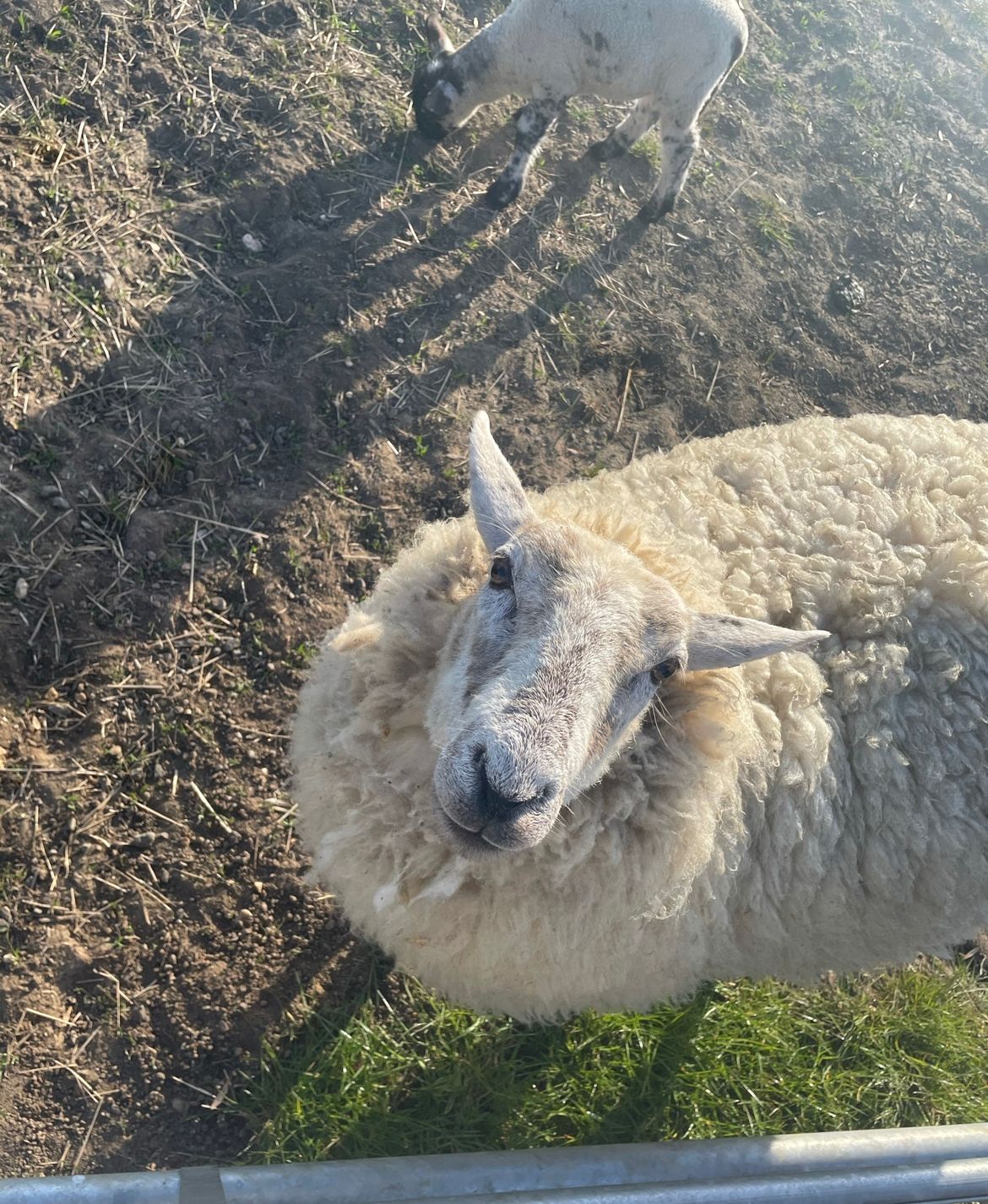
"I have used the Zinc blocks for 2 years now, I'm now using them for the 3rd year. I have found that...
Read More
https://uk.timacagro.com/make-an-appointment
Read More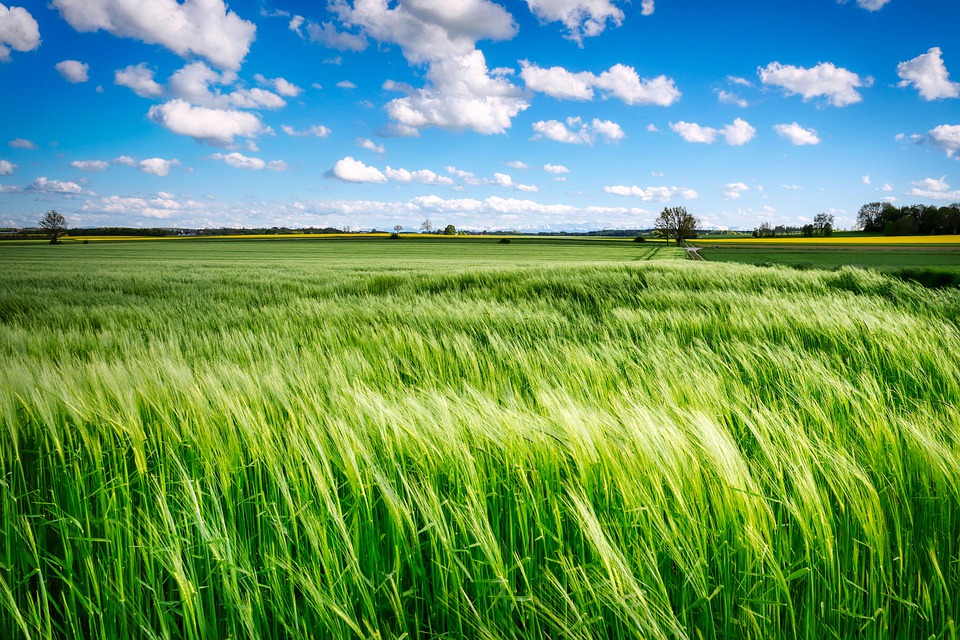
Humistart: The Humistart product was a great benefit to us as has aided with neutralizing our PH ...
Read More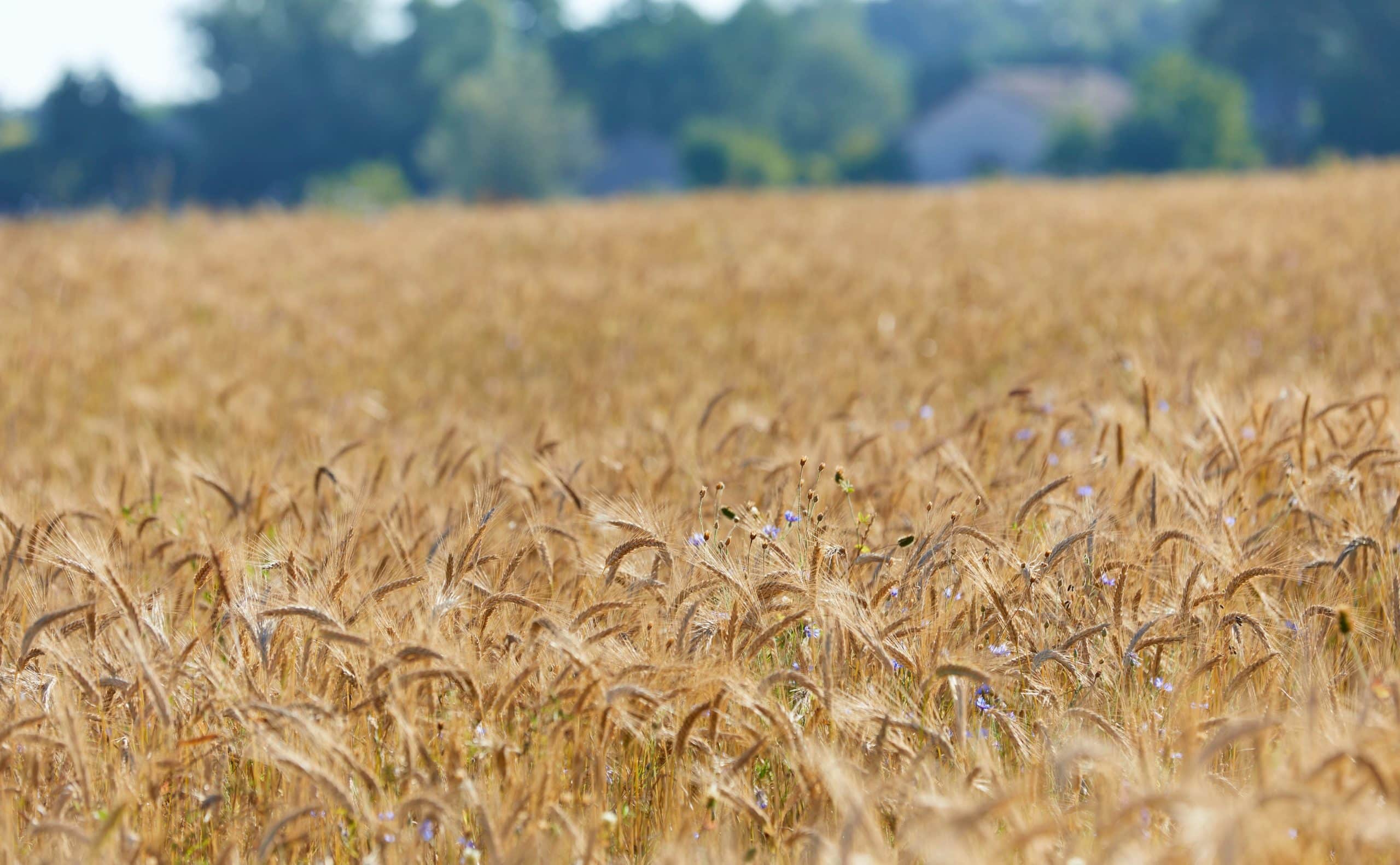
Biostimulants enhance root development, nutrient uptake, and stress resistance in wheat plants. Thes...
Read More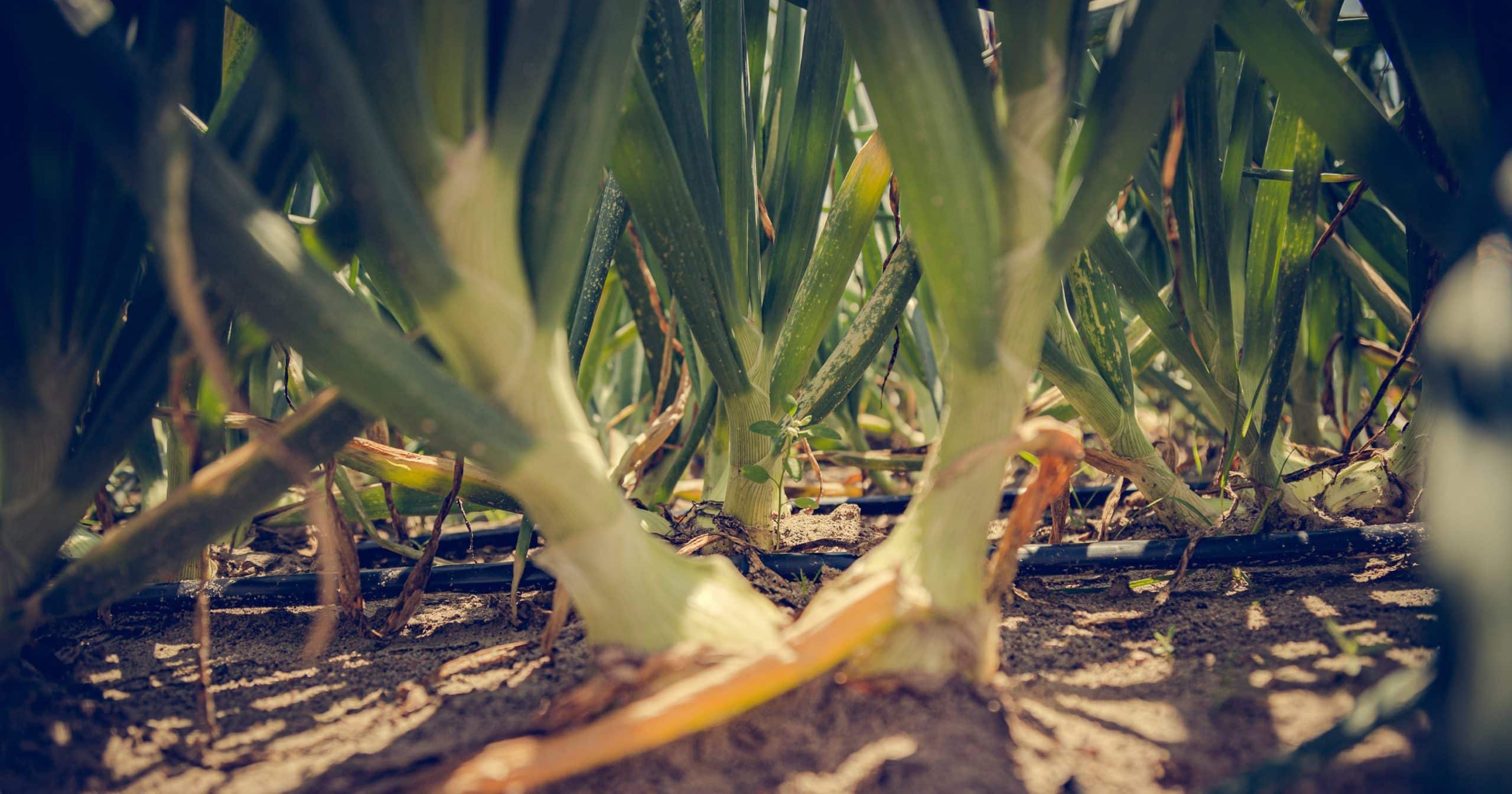
Why use biostimulants on vegetables? While the dangers posed by biotic stressors, such as dis...
Read More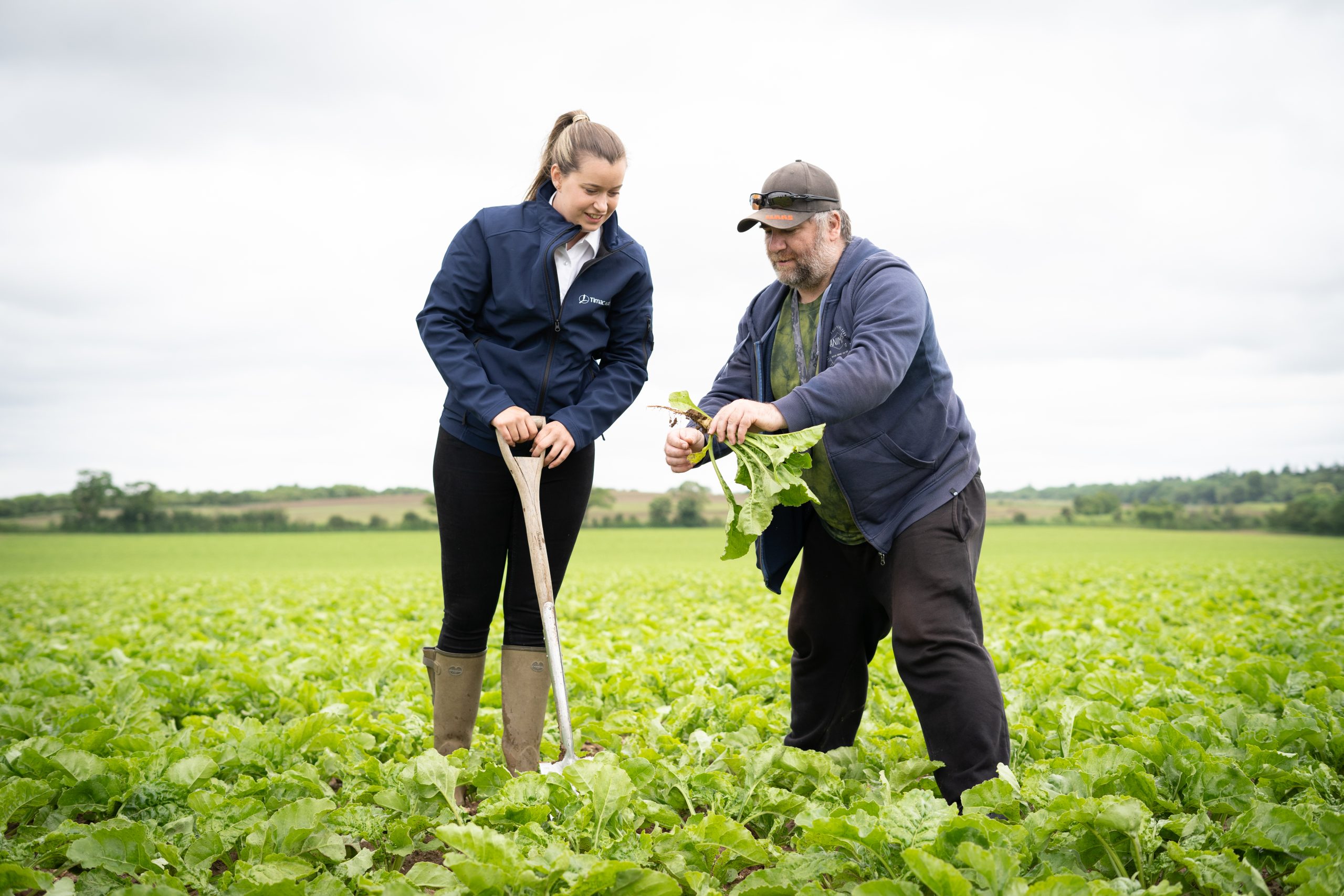
Sugar beet is characterised by relatively high nutritional requirements. During the germination peri...
Read More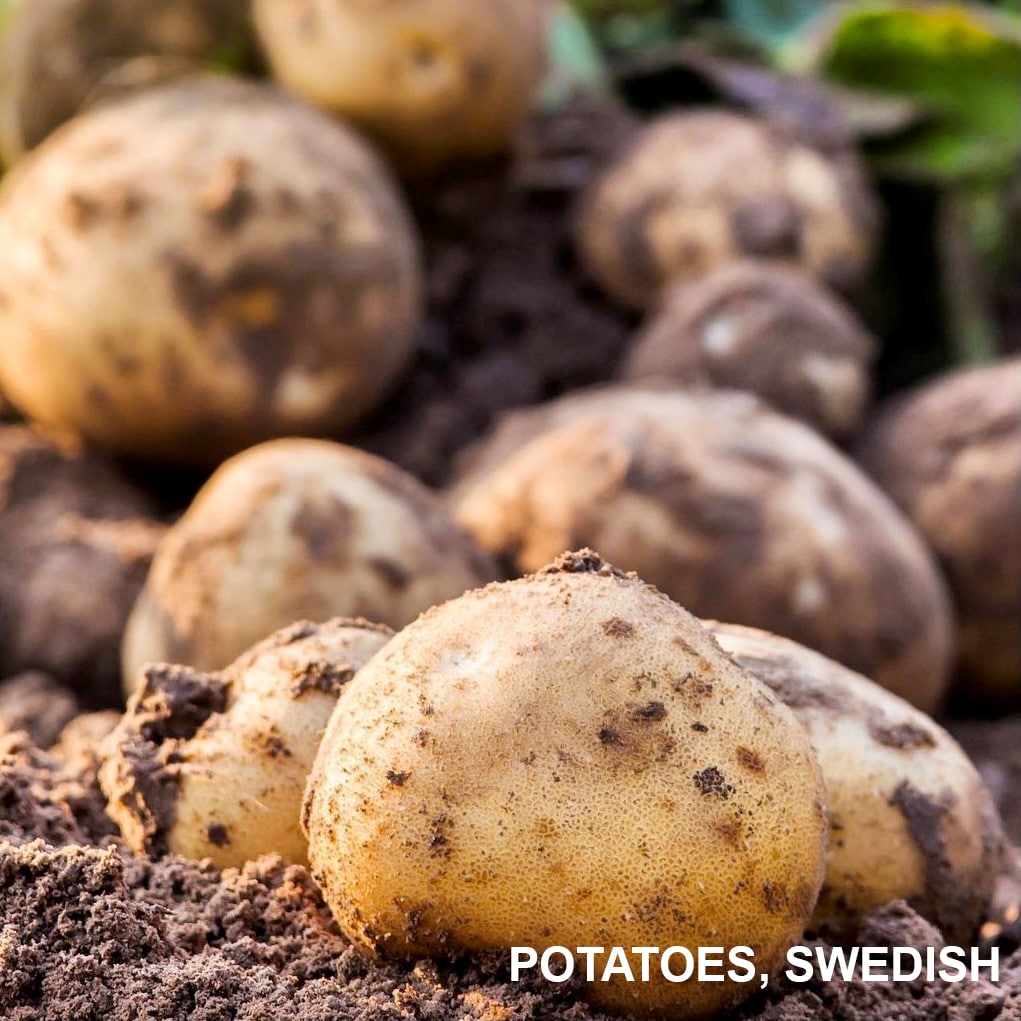
In recent years, springs have been increasingly marked by adverse conditions, extreme heat or cold, ...
Read More